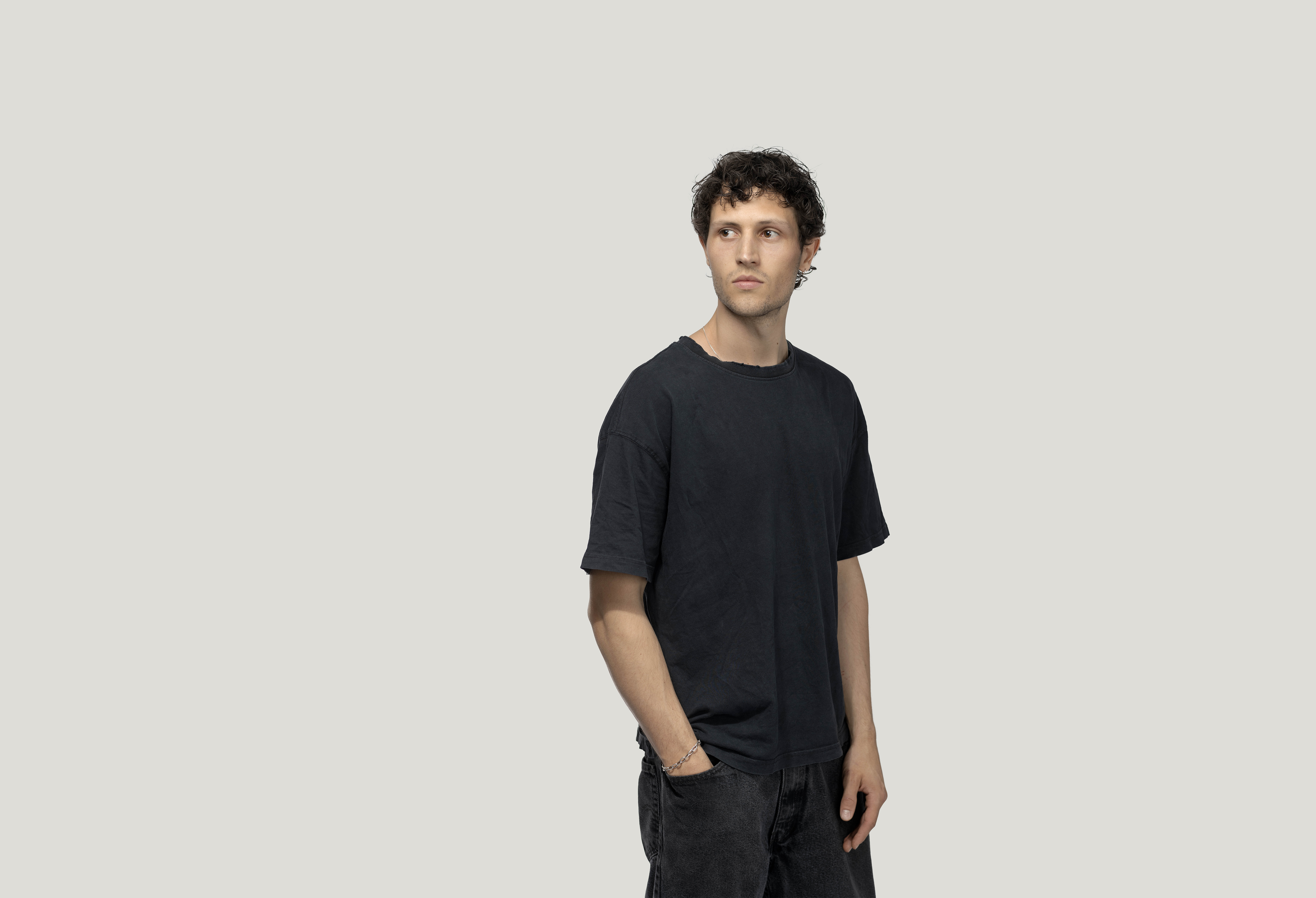What it does
The re:collection is a furniture series made from pest-infested wood, which addresses the burning of this resource and related CO₂ emissions. It offers a sustainable design approach that incorporates nature's imperfections into industrial production.
Your inspiration
Global warming will require a paradigm shift in the timber sector. Even hardwoods such as oaks are increasingly at risk of pest infestation. From an aesthetic and socio-ecological perspective, it is time to accept natural conditions with its actual plurality and of the materials nature and let them influence our product world. By incorporating damaged timber into the solid wood cascade, rather than treating it as worthless, we contribute to sustainable resource use and enable furniture with unique surfaces to be mass-produced on an industrial scale.
How it works
The re:collection’s four seating furniture pieces (stool, bench, child/bath stool, and bar stool) each feature a two-part, angled seat surface and a characteristic capsule-shaped cut on the side, where a crossbar fits snugly to hold the furniture together. For reasons of reparability and space-saving transport, glue was avoided, and visible screws were used instead. Before using the infested oak it is placed in the drying chamber. The dry heat in the kiln kills all the pests in the wood. This means that after drying, the wood can be further processed without the risk of the pests spreading again. The Swiss oak used was sourced locally through Groupe Corbat in Vendlincourt (CH).
Design process
Following an in-depth study of cascading use and wood cycles in the Swiss timber sector, which revealed a tendency towards wasteful and resource-inefficient handling of the material, Elsler came across large quantities of pest-infested solid wood in various locations. Salomon Elsler explored possibilities within his bachelor project, as the name re: suggests, for value-adding reuse and further use, as well as the aesthetic and tactile perception of this seemingly inferior solid wood. His work is guided by the question of whether a newly cultivated aesthetic sensibility, shaped by designers and industry through changed product language, visual habits and consumer experience, could in the future also lead to a shift in societal awareness and consumer sensitivity. Furthermore, the work explored how the concept of imperfection, individuality and normative deviation could be established in industrial, serial and automated production processes in the design world.Deriving from the conclusions and insights of this scientific exploration in his bachelor thesis, the re:collection emerged. In his work, the worm burrows embody natural traces of the human-made climate change.
How it is different
The main difference from other products in this category is undoubtedly the holistic, sustainable approach. While other brands or manufacturers have so far preferred to use glue or adhesives to permanently fix the individual parts, this makes space-saving transport and easy repairs difficult, if not impossible. This is not the case with re:collection, however. Here, all the parts can be assembled and disassembled in minutes, allowing for straightforward repair, replacement, storage and shipping. Embracing the flaws of this wood and revaluing it enables us to manage resources more efficiently than the industry has done to date. This project proposes a new approach to dealing with the material that must be adopted in future, especially since more wood is being harvested worldwide than is growing back. This will enable us to use the consequences of climate change to our advantage.
Future plans
The next steps will be to develop pure wooden connections that can be efficiently and economically scaled using CNC milling, reducing or even eliminating the number of screws required. This will require further iterations until the desired stability and reliable (dis)assembly is achieved. The aim is to give this rejected resource a first life and purpose and to use the furniture to convey a vision that thrives on allowing nature's imperfections to shine through. A vision that celebrates a new aesthetic of sustainability and encourages people to rethink and discuss.
Awards
2024 - Swiss Design Association Bachelor Award (Nominee) - Swissnex Japan Window #1: Design With Wood 2024, Osaka (Finalist) - Chista Gebert / Ambiente *DESIGNPREIS 2024, Rapperswil (Finalist) 2025 - Green Concept Award (Finalist) - Holz bewegt! Sustainability Award (Winner)



Connect